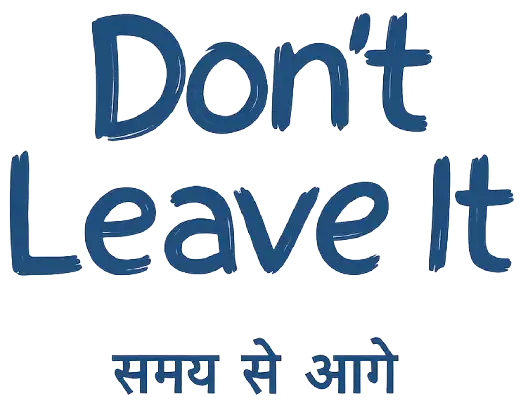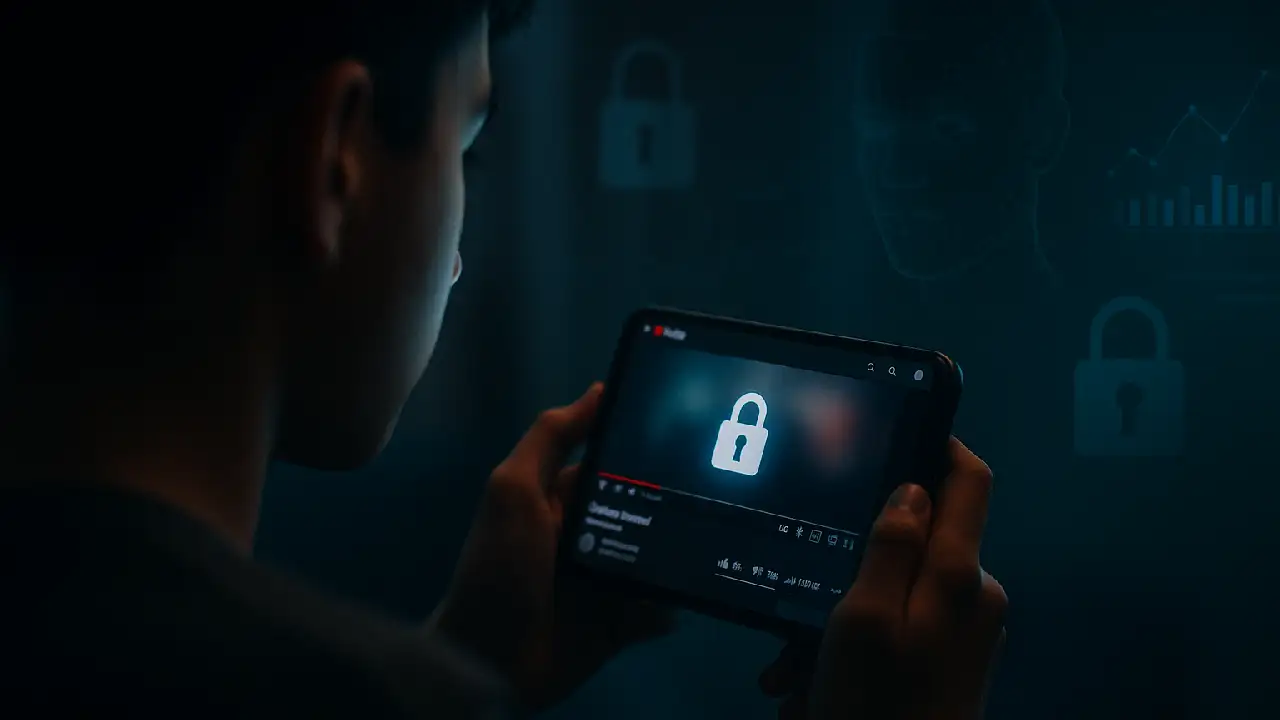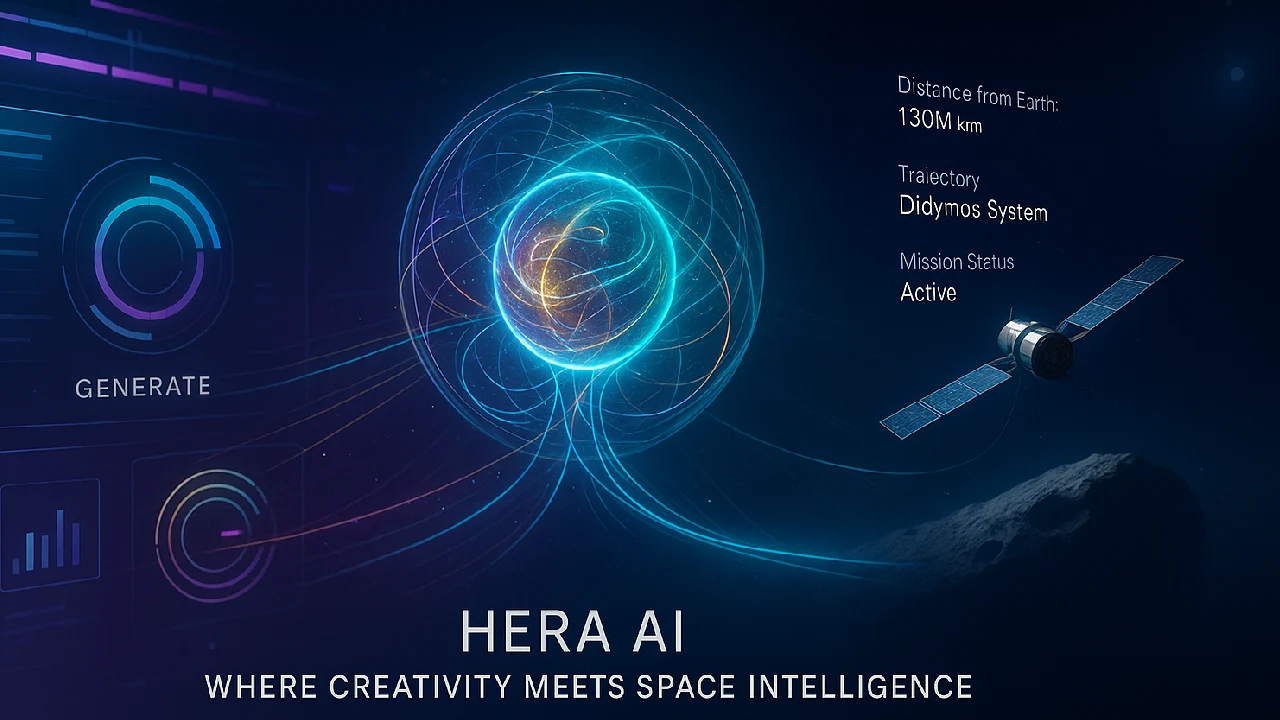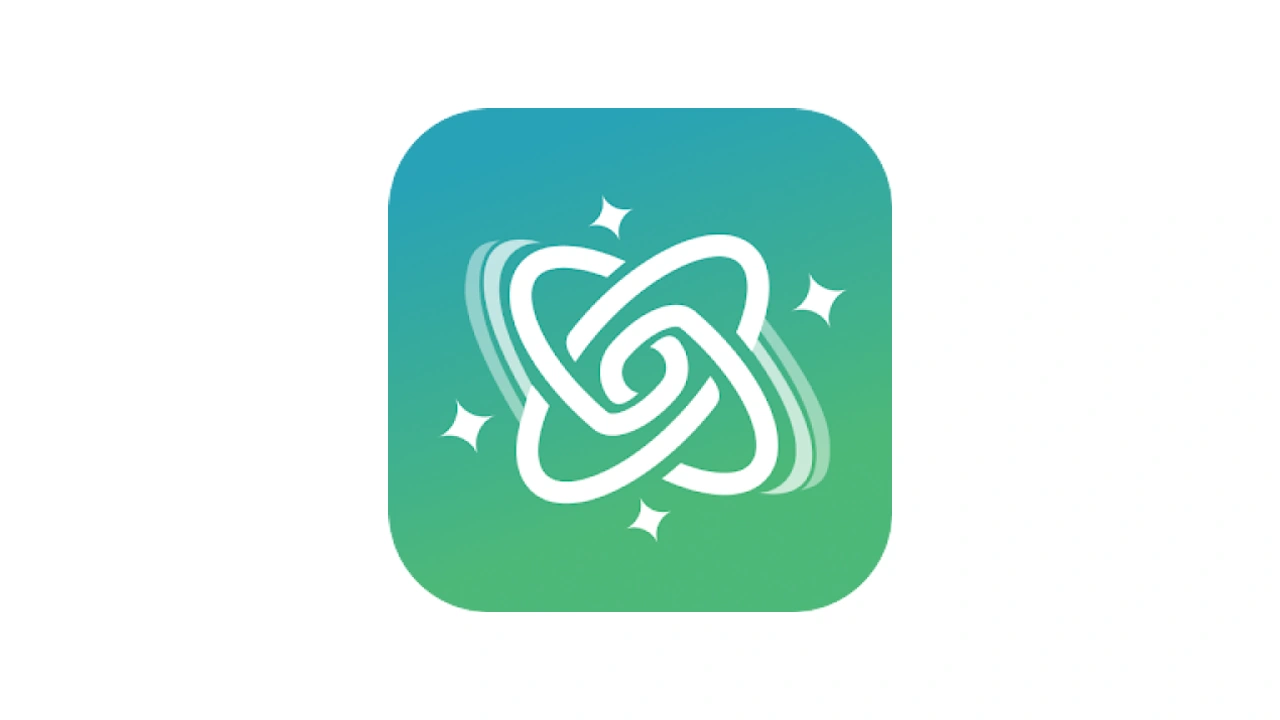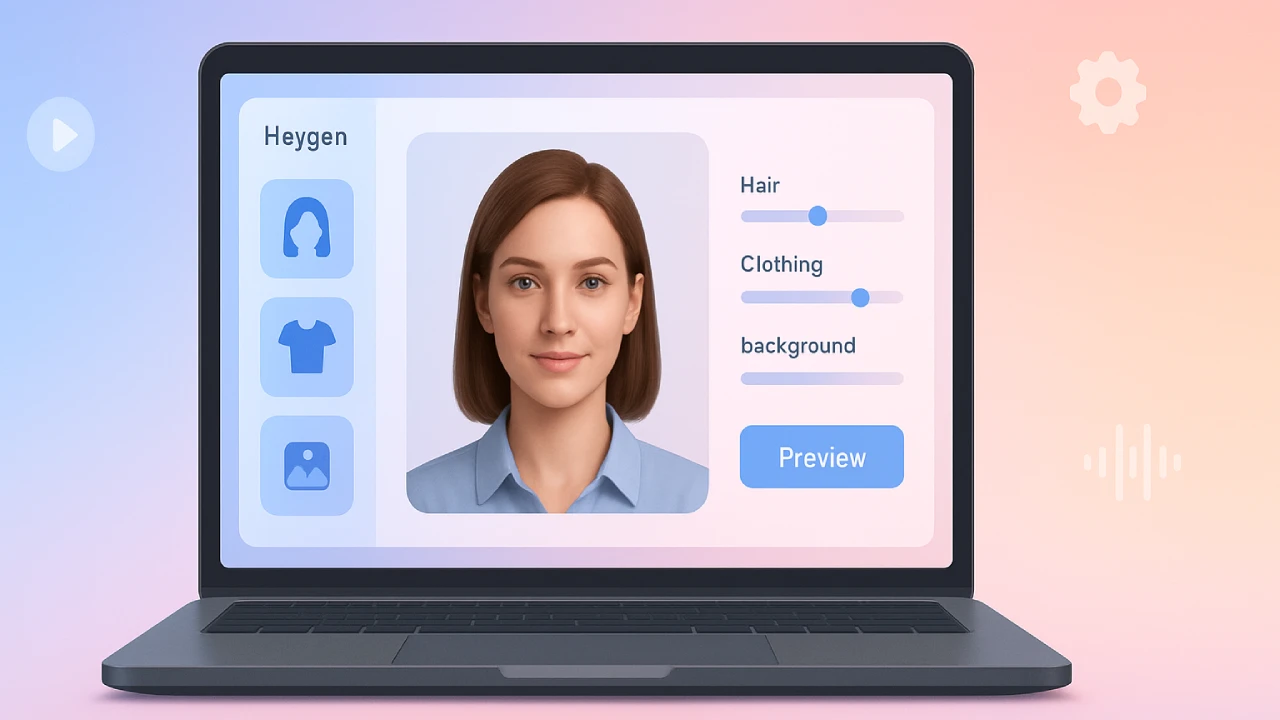YouTube AI age recognition is a machine learning system that figures out if a user is younger than 18 by looking at things like their searches, the types of videos they watch, and their account history. It helps instantly set content controls and safety features based on age.

The way internet safety works is changing behind the scenes thanks to YouTube AI age detection system. This is especially true for teens who might try to trick the system. Machine learning is used in this smart method to check if you are under 18 even if your account says otherwise. But how does it work? And why does YouTube trust AI when they could just ask for your birthday?
What is YouTube AI Age Estimation and Why It Matters
There are billions of movies on websites like YouTube. Not all of them are good for kids of all ages. In the past, age limits were based on self-reported birthdates, which were easy to lie, especially by kids who wanted to get around filters.
That makes no sense with YouTube’s new AI system. Instead of relying on what users type, it uses AI to figure out how old they really are by looking at trends and how they act. No matter what the account says, if it thinks the person is probably younger than 18, it automatically puts safety controls in place.

What is the goal? Make sure that teens are treated like teens and adults are treated like adults. This will make everyone’s material experiences safer.
How YouTube’s AI System Works (In Simple Words)
This AI doesn’t look at your face or ask for your ID right away; instead, it reads your online behavior. It looks for small signs and trends, like:
- What videos you search for
- The types of content you watch repeatedly
- How old your account is
- How you interact with videos, channels, and playlists
A machine learning model is taught to look at all of these clues and figure out if a user is likely to be under 18.
This isn’t just a rule-based system; it learns from user data that has been made anonymous over time and is now flexible and predictive.
Key Features and Protections for Teen Users
If the AI thinks the user is younger than 18, it immediately turns on a set of safety features, even if the entered date of birth says otherwise. Some of these are:
- Turning off personalized ads
- Enabling digital wellbeing tools like screen time reminders
- Limiting recommendations on sensitive topics (e.g., body image)
- Disabling age-restricted videos
- Adding privacy prompts when commenting or uploading
This helps keep teens from seeing too much problematic content or falling down harmful rabbit holes, which is a big concern in studies on teen mental health.
What Happens If AI Gets It Wrong?
YouTube says that the AI isn’t perfect. So, if someone is wrongly thought to be young, they can ask for proof by:
- A credit card
- A government-issued ID
- A real-time selfie scan
Once users are confirmed to be over 18, they can view content that was previously locked. YouTube says that after being used, all verification data is deleted to protect privacy and follow data security laws.
How This Affects Creators and Advertisers
YouTube has informed creators that viewership metrics may shift slightly due to this AI system. Since teens under 18 will no longer receive personalized ads:
- Some creators may see a small drop in revenue
- Engagement from underage users could become more moderated or delayed
But YouTube reassures that for most creators, the financial impact will be minimal — and the tradeoff is a healthier, safer platform overall.
Why AI Is the Right Tool for the Job
These days, kids are tech-savvy and can easily get around rules, so using fixed age settings is no longer useful.
- Real-time adaptability — learns from behavior, not just inputs
- Scalability — works across millions of users without manual review
- Contextual awareness — differentiates between types of content and engagement
It’s like having a smart content guardian watch over you from the background, change things quietly, and step in when required.
Conclusion
AI that can figure out how old someone is on YouTube is a big step forward in online safety. Focusing on behavior instead of birthdates makes it safer for kids while still letting adults have the freedom they deserve. As this system gets better, you can expect similar AI-based safety features to show up on other platforms as well.
In your work, would you look into behavior-based AI safety tools like this one? Tell us.
